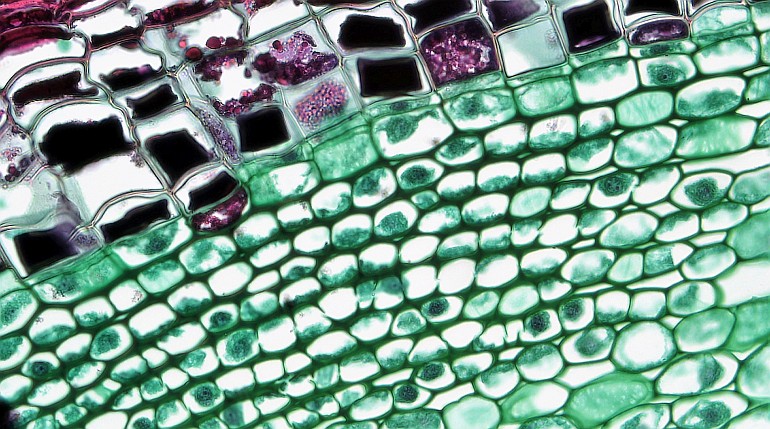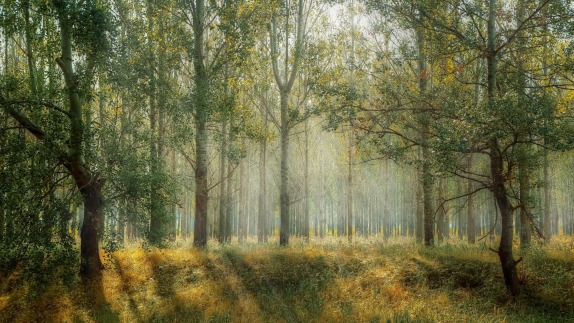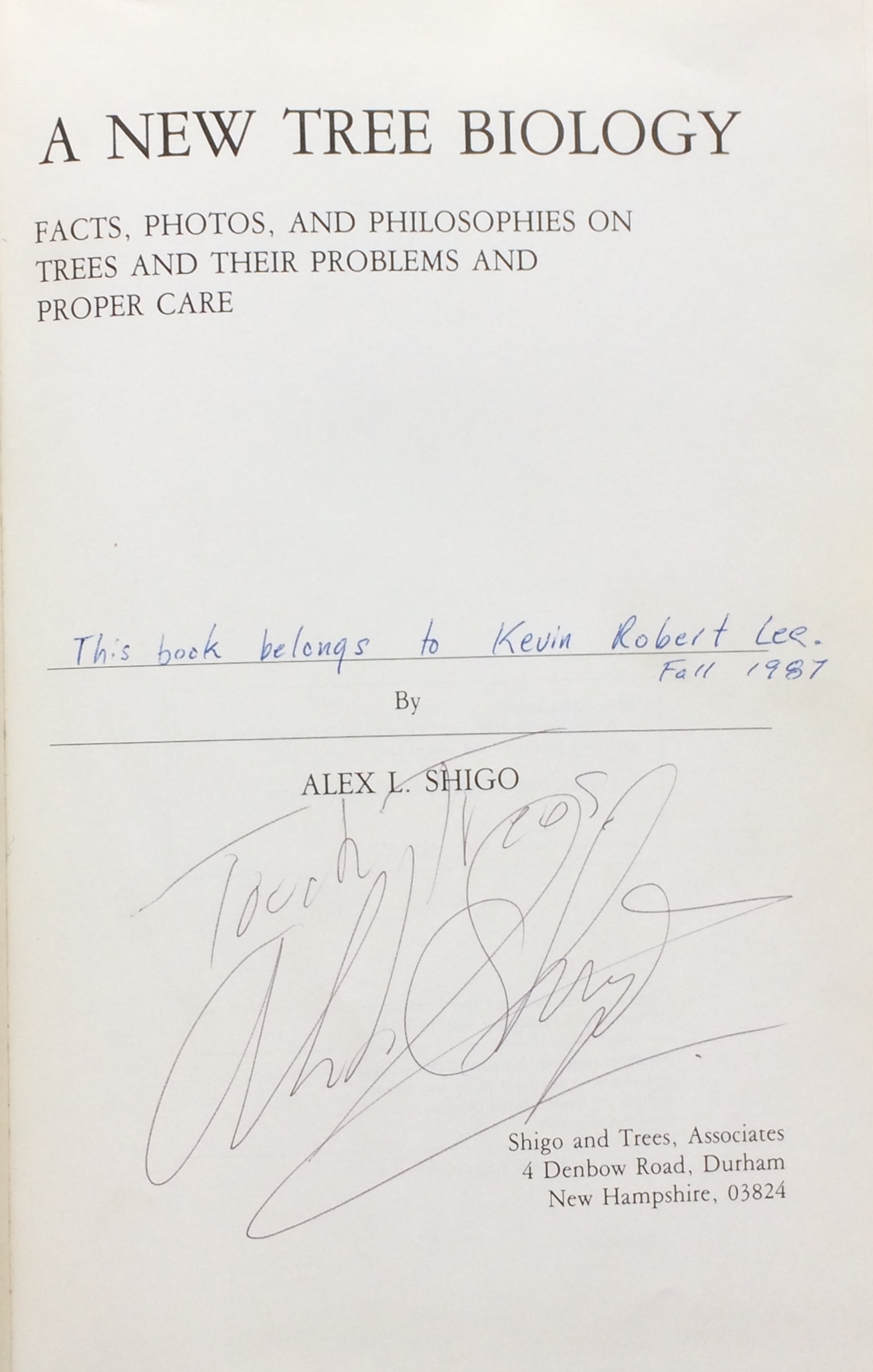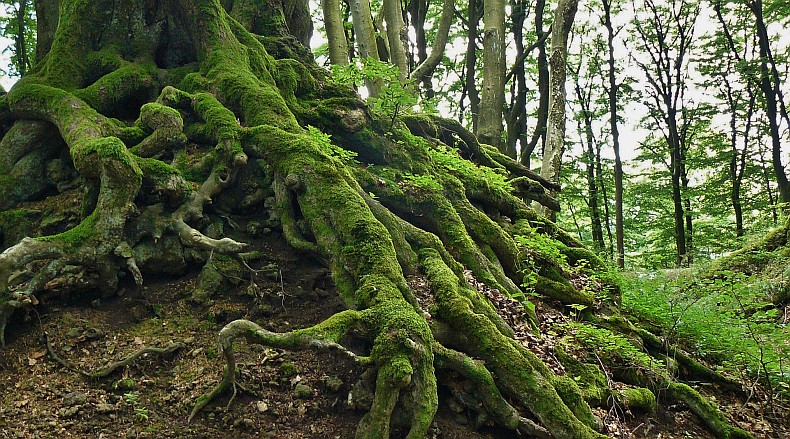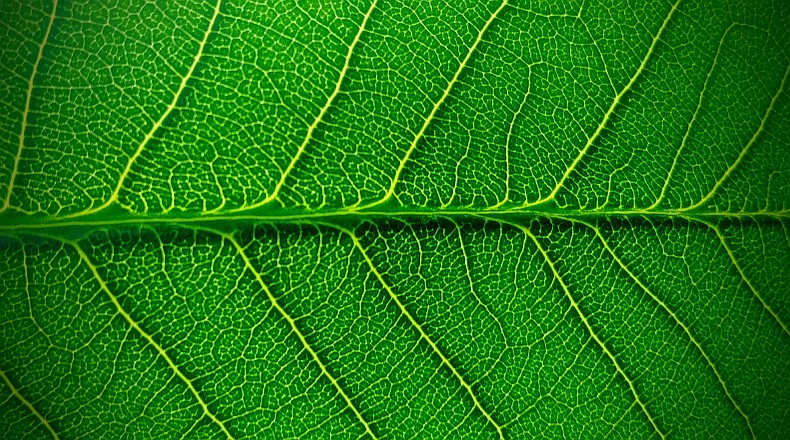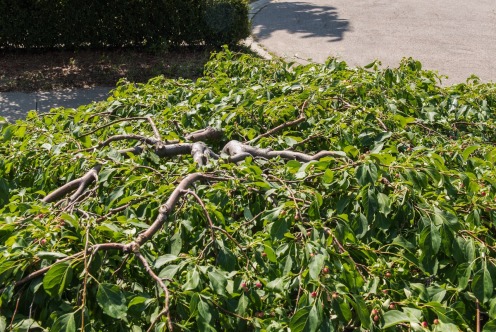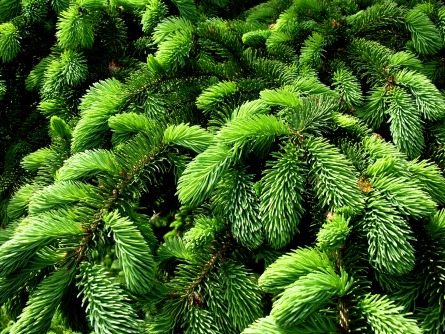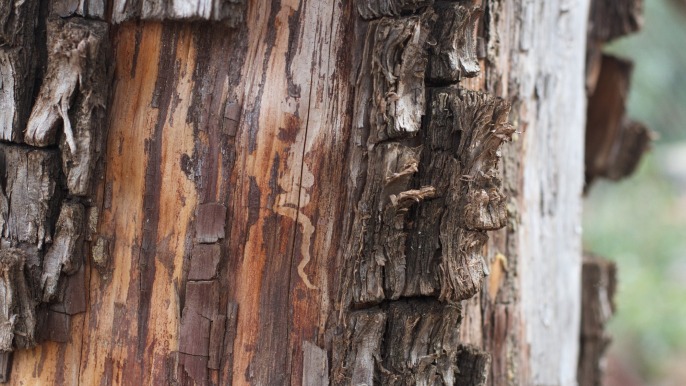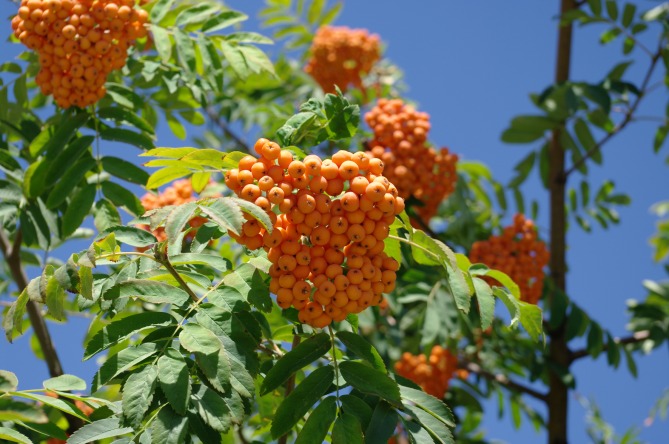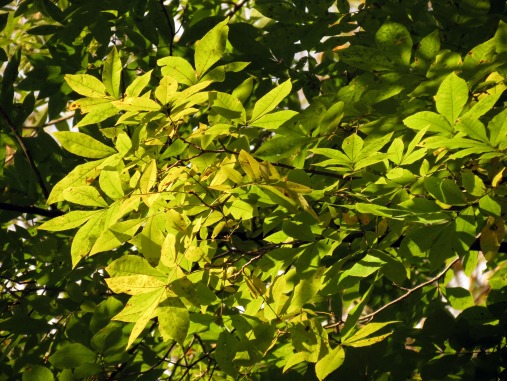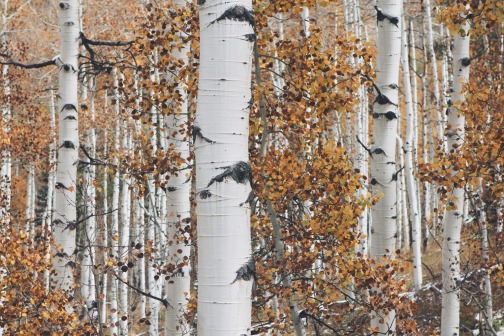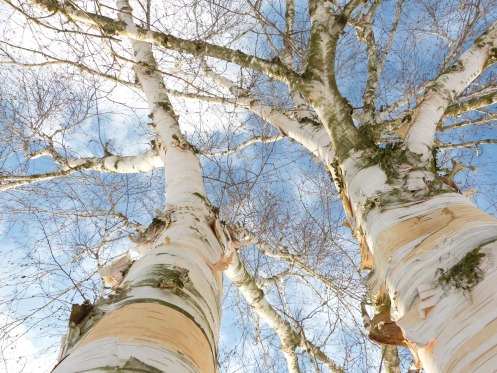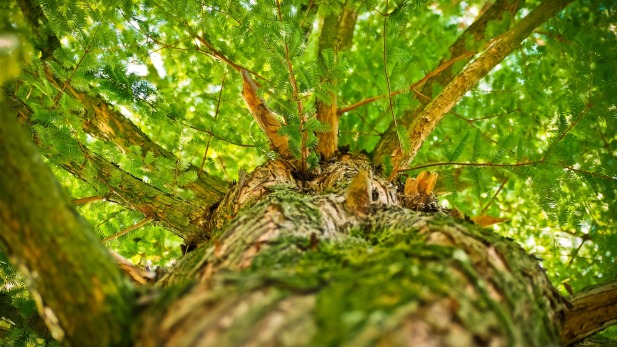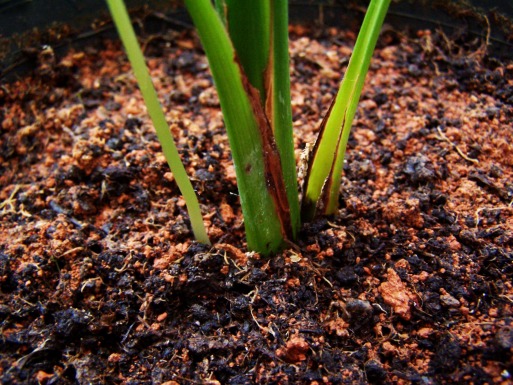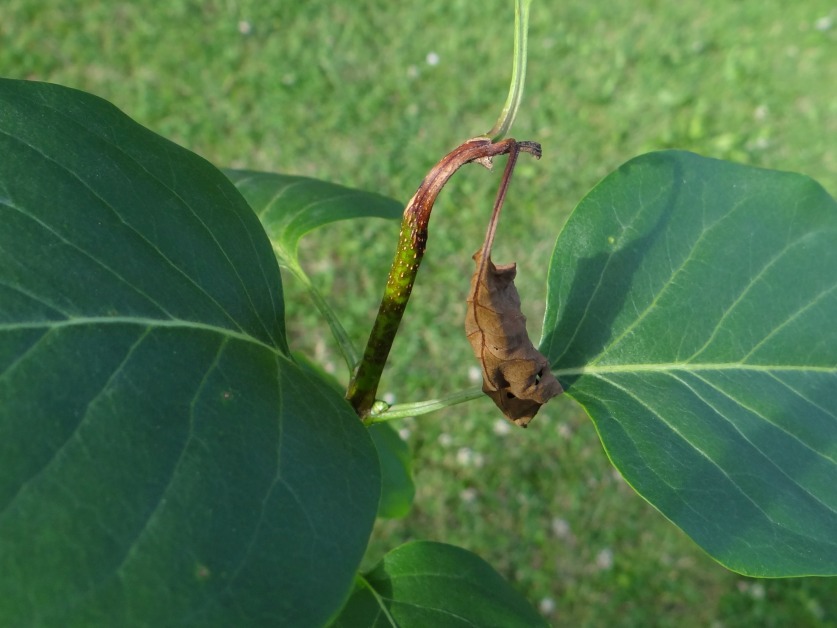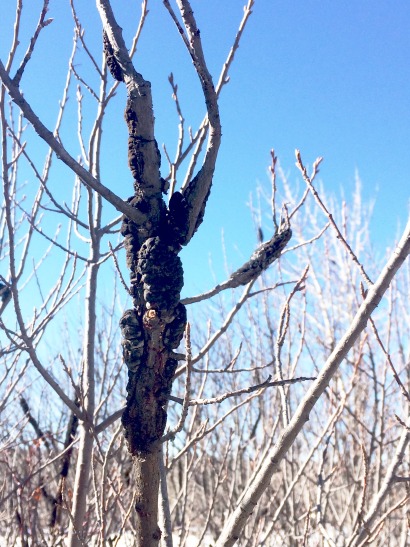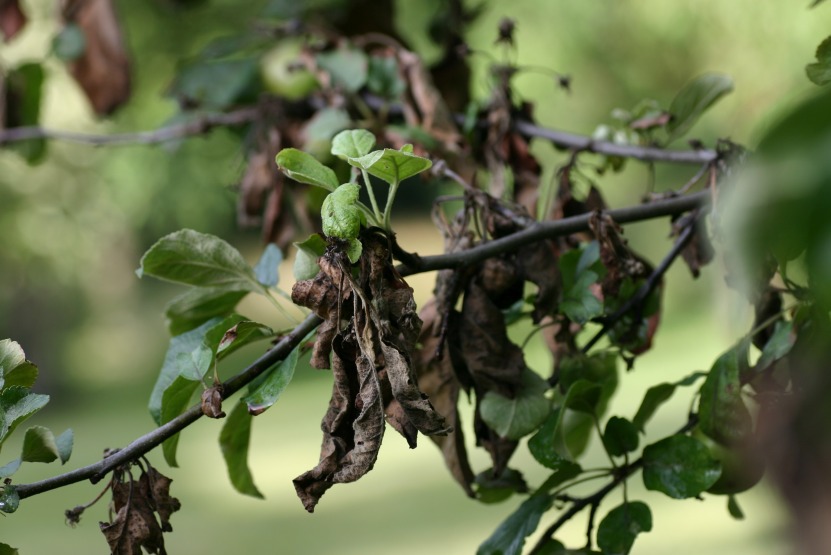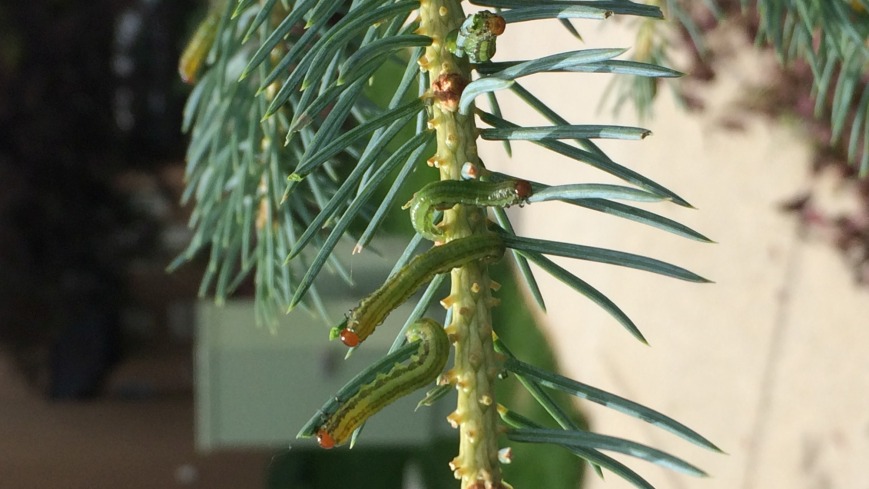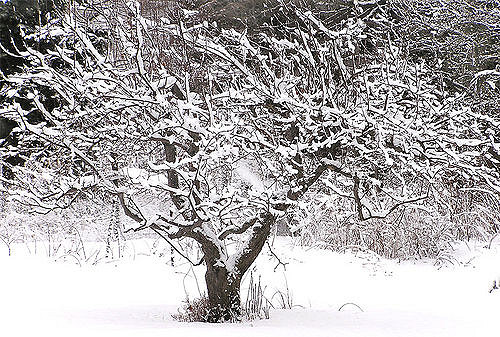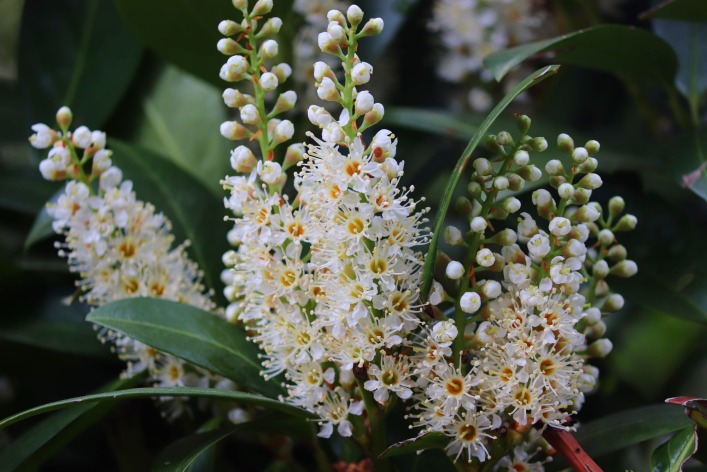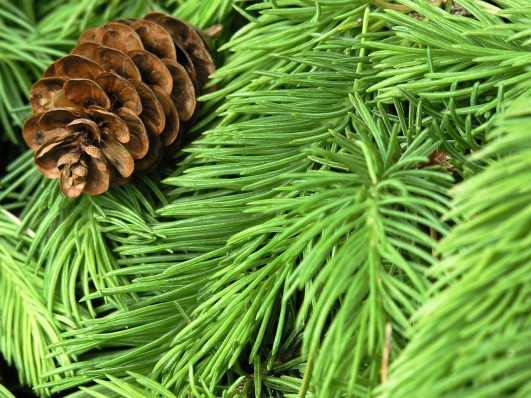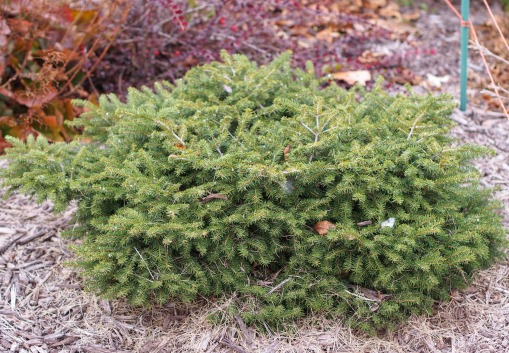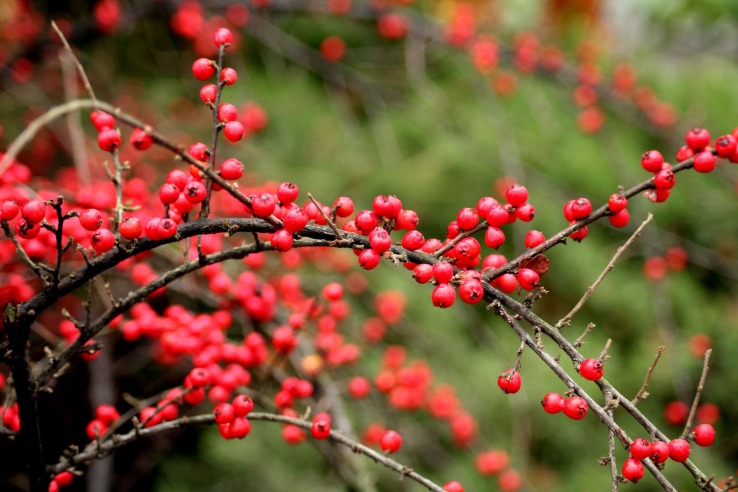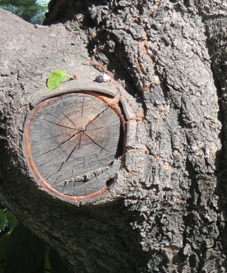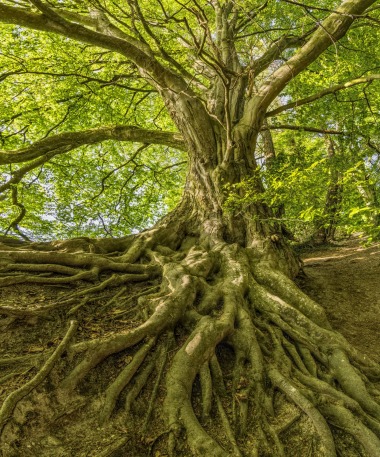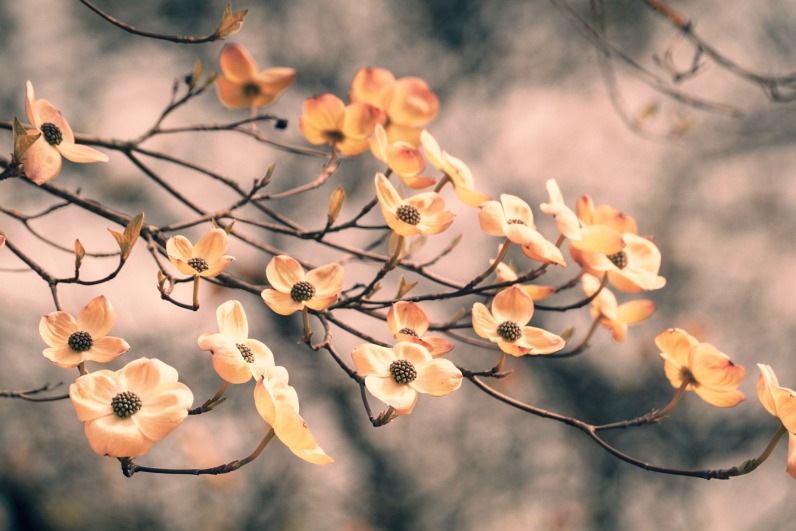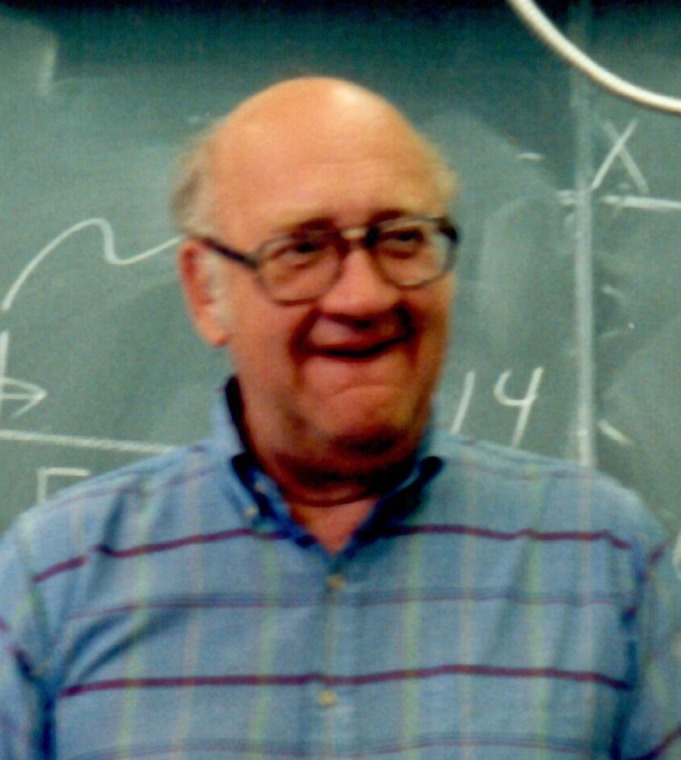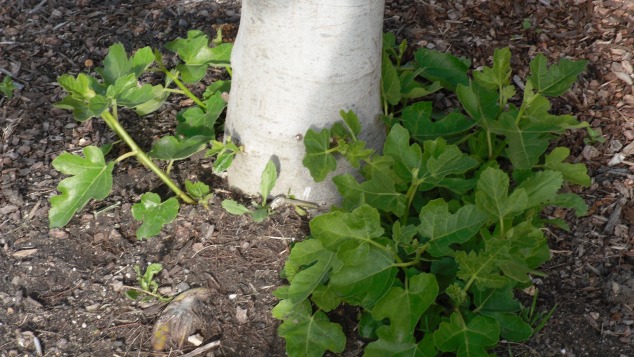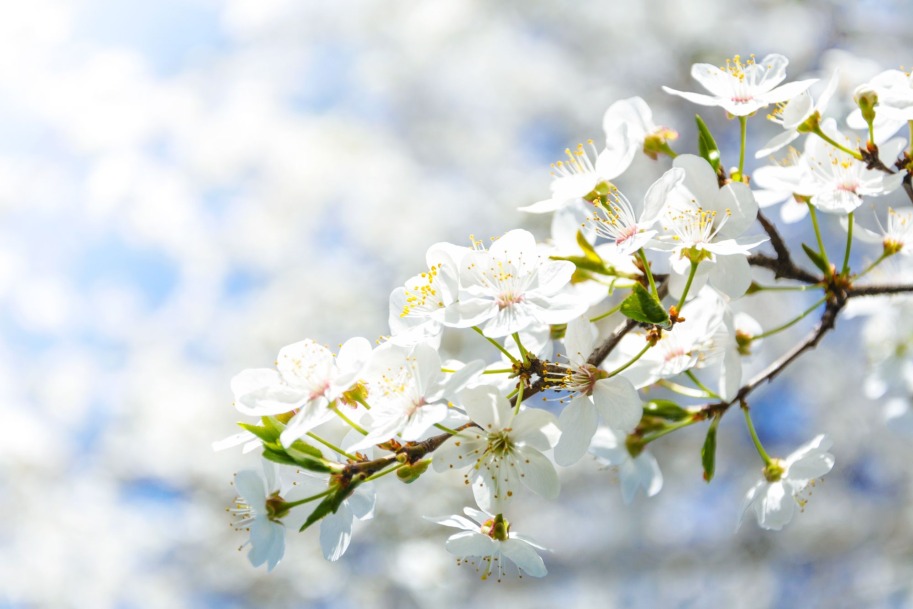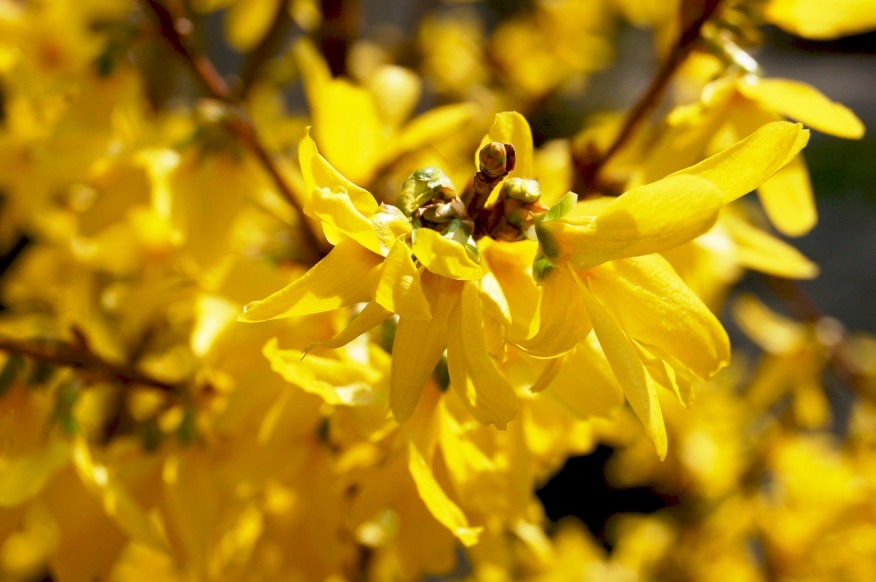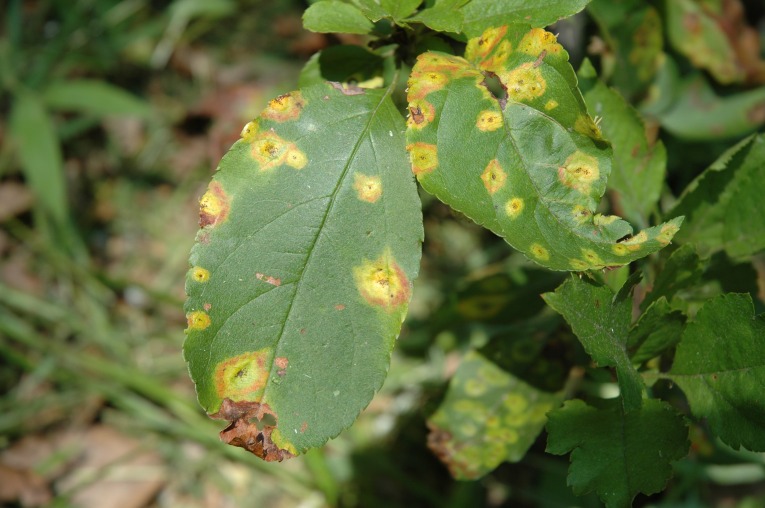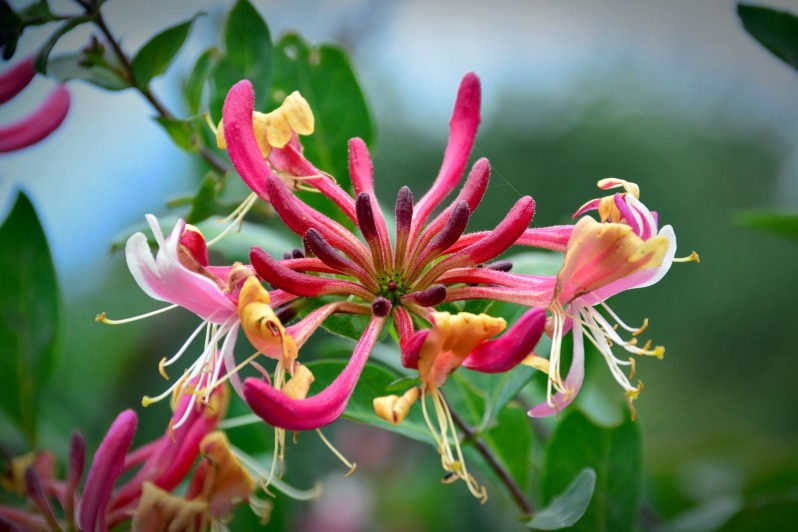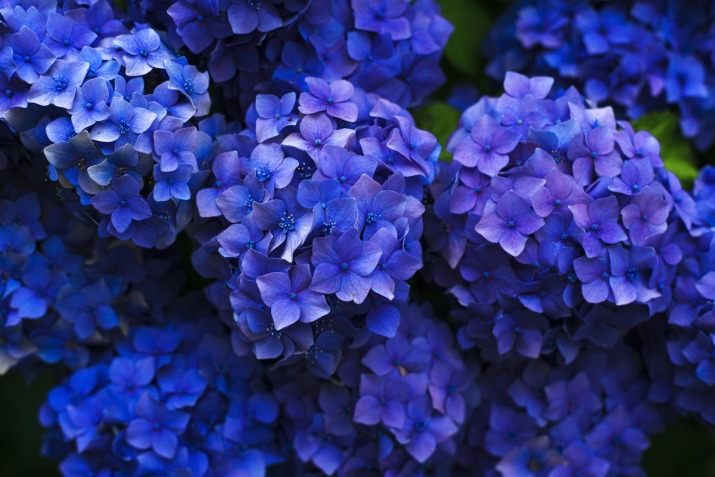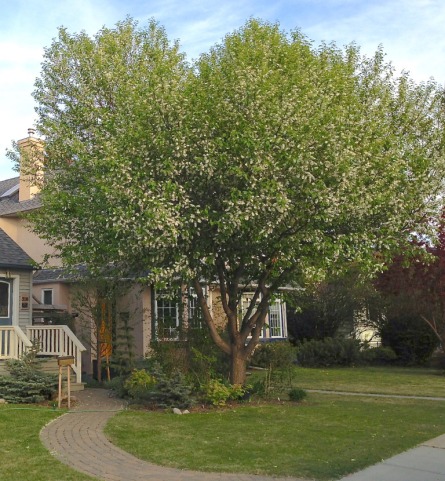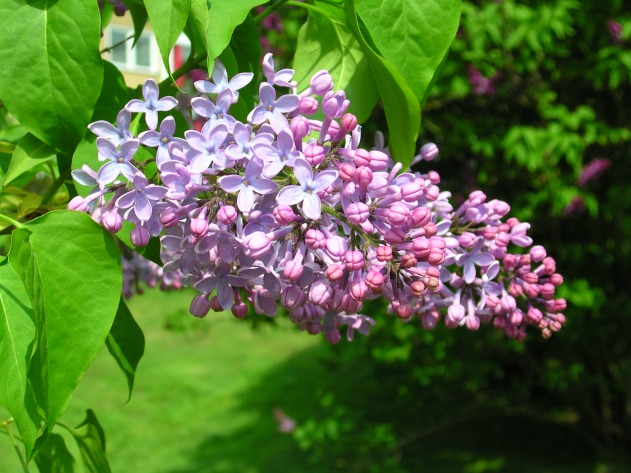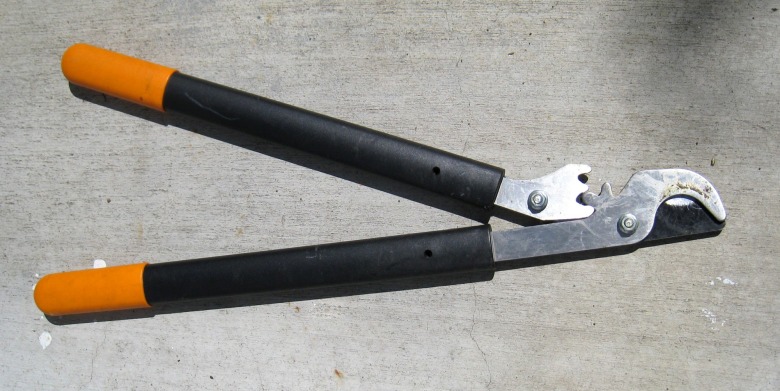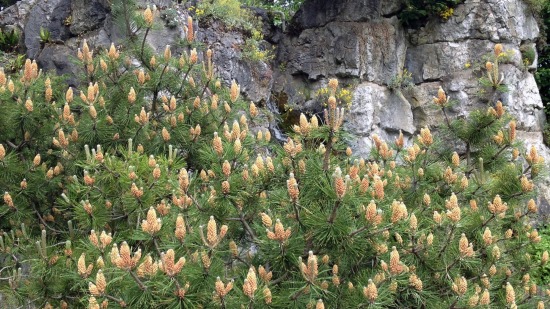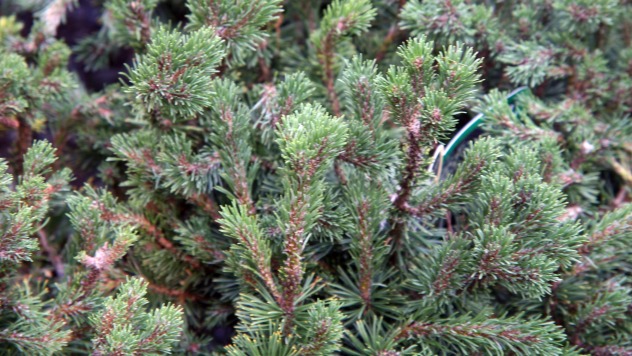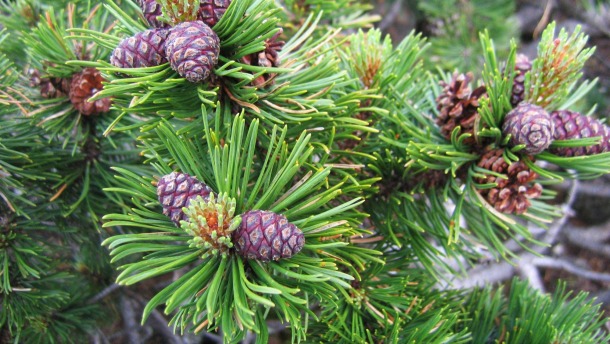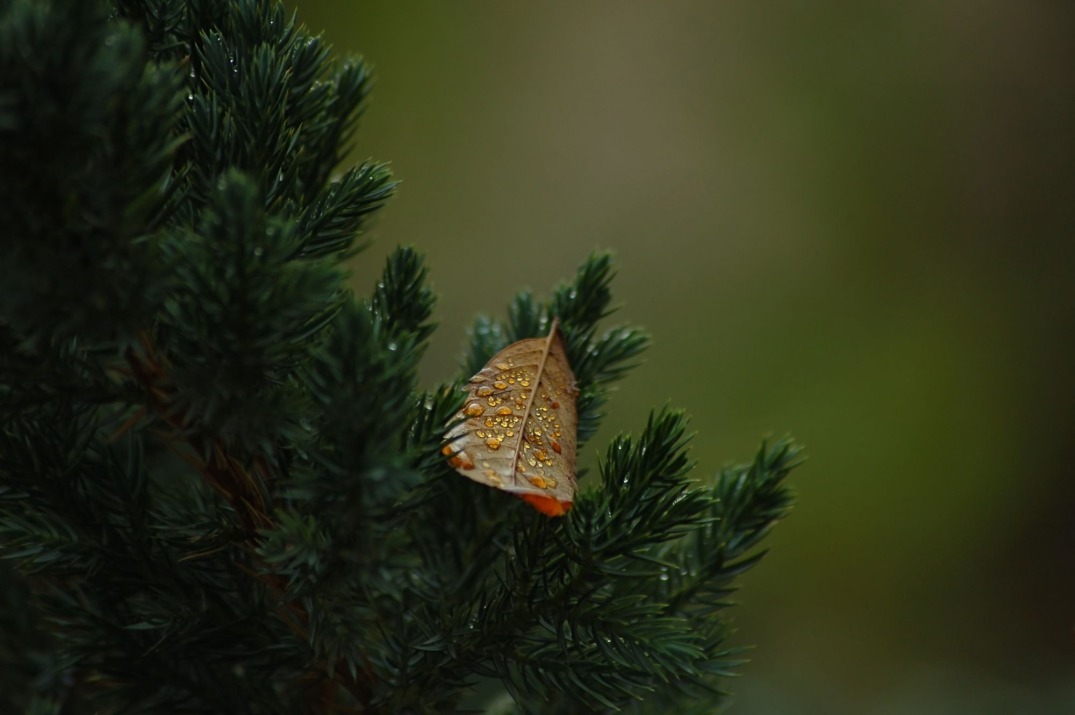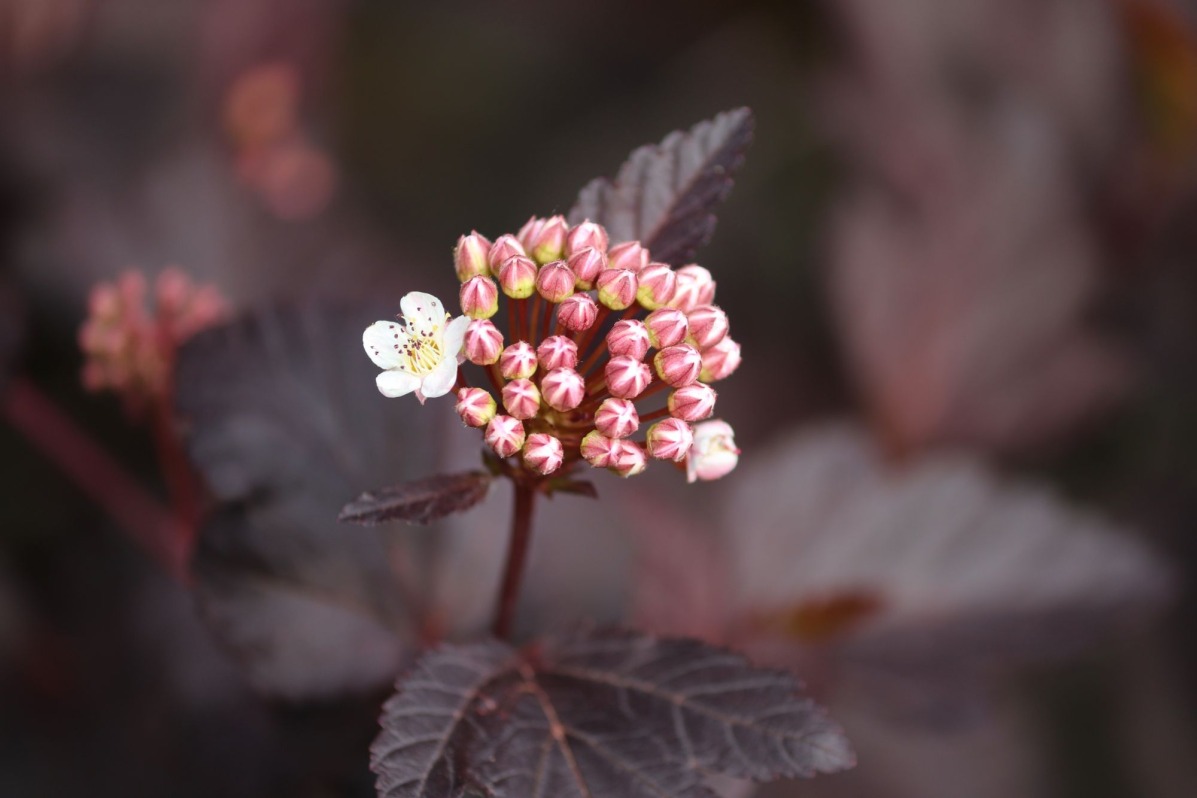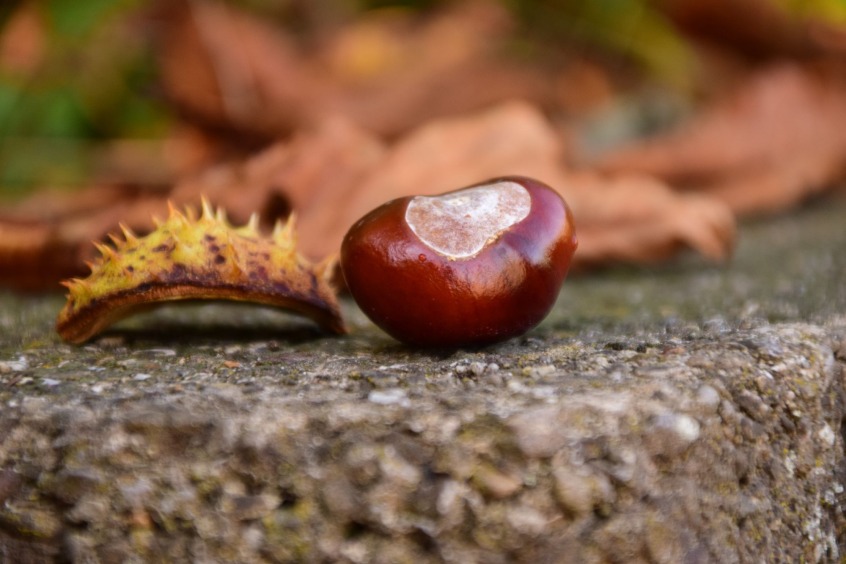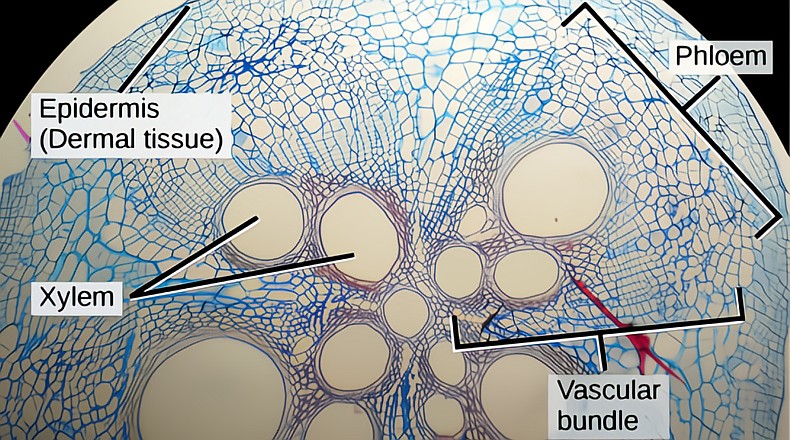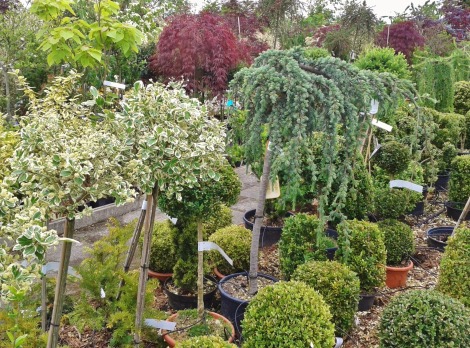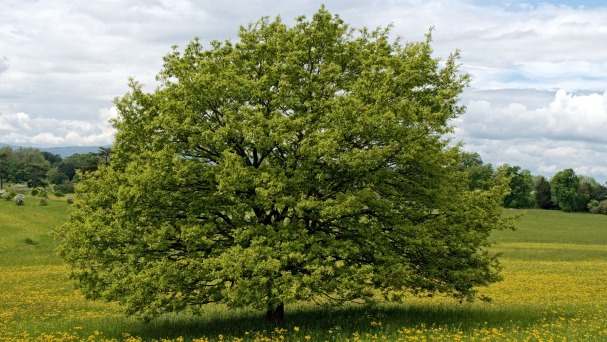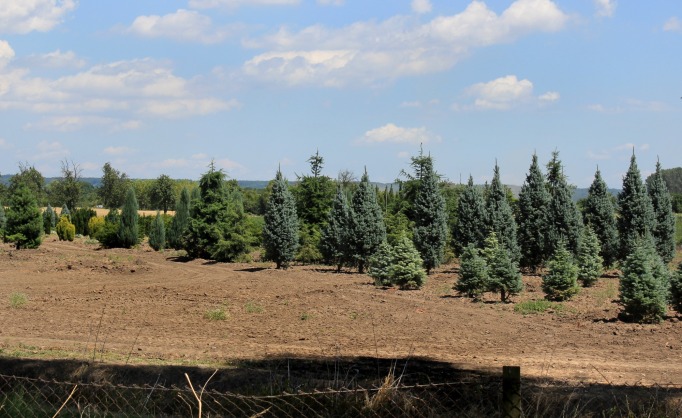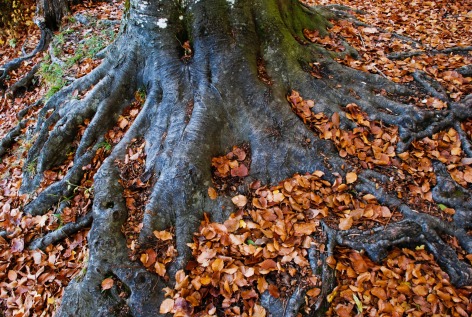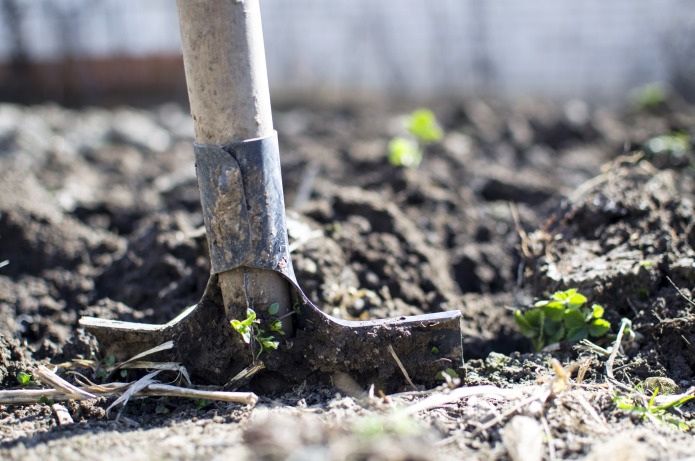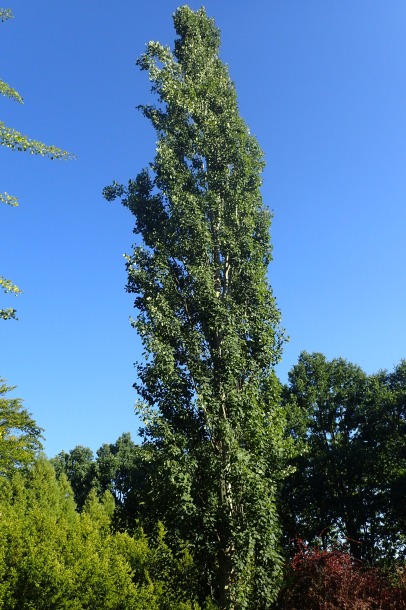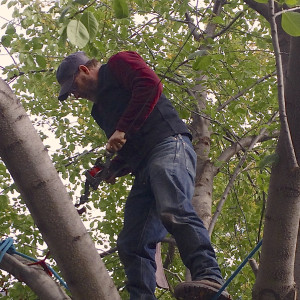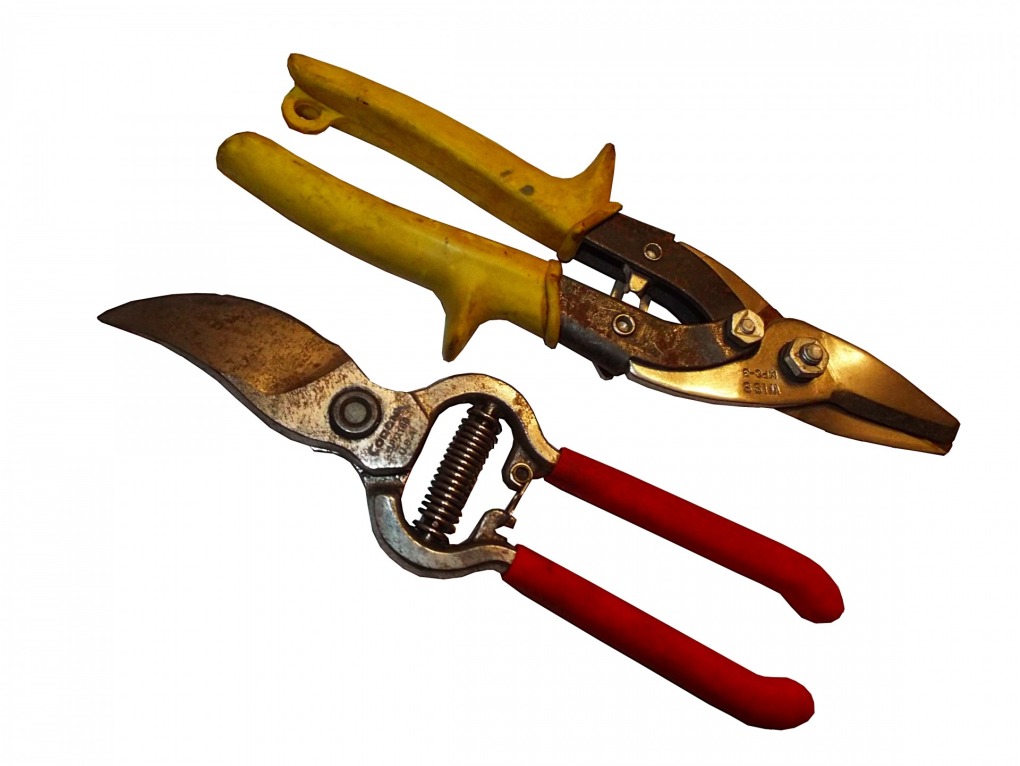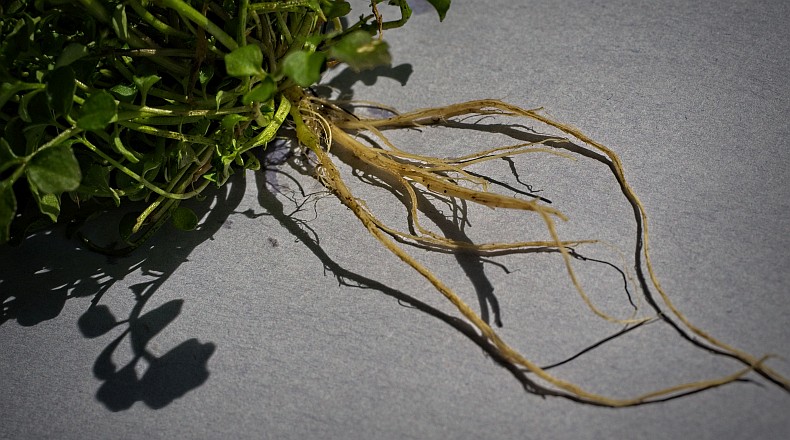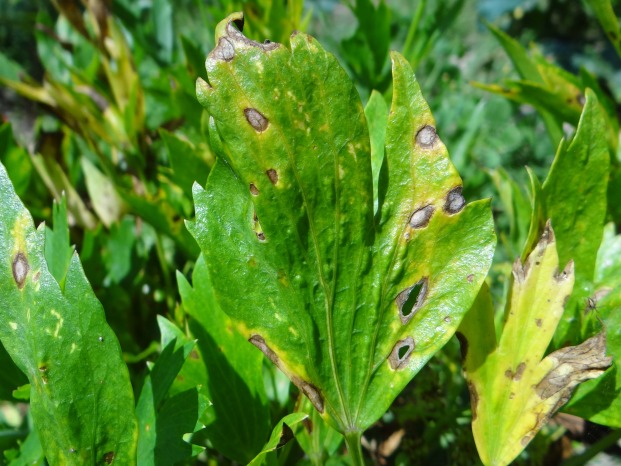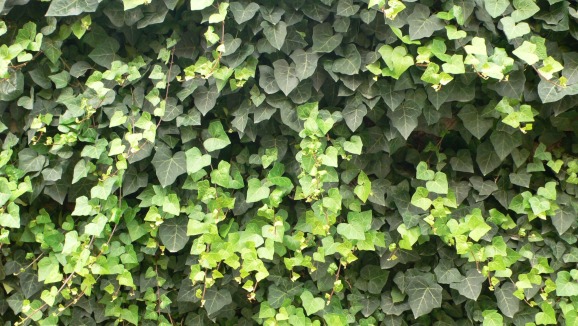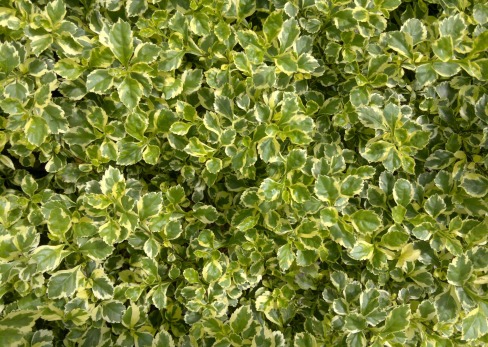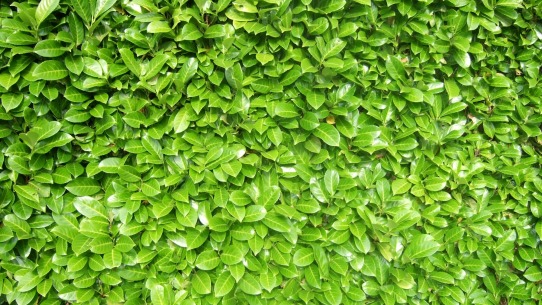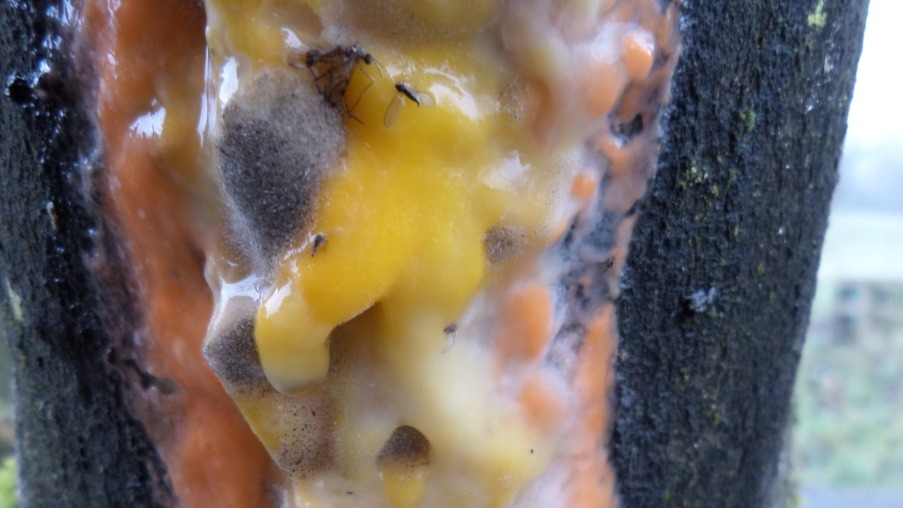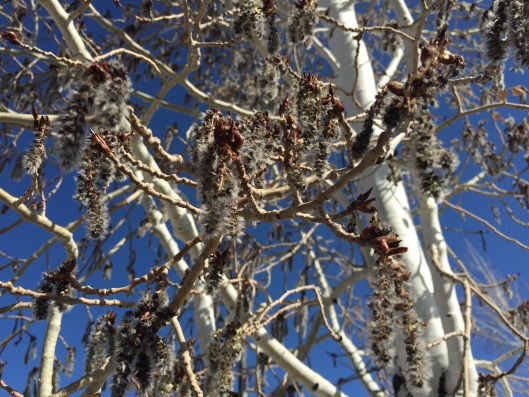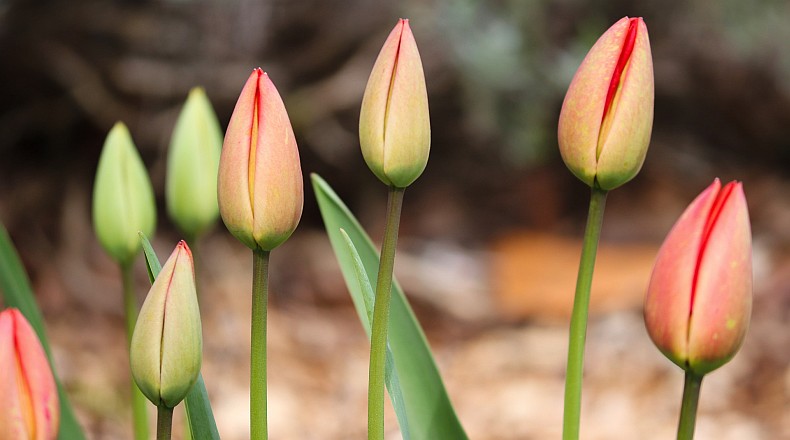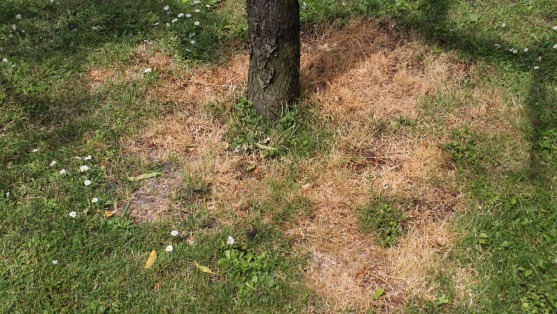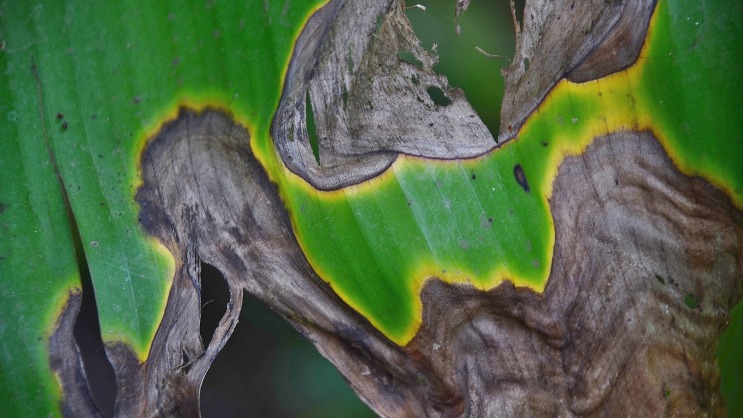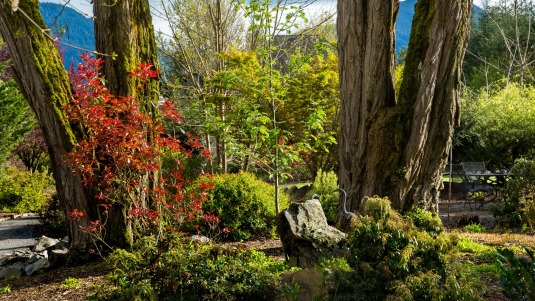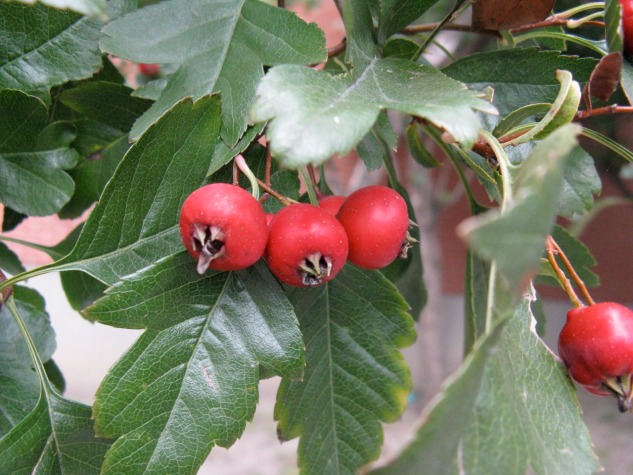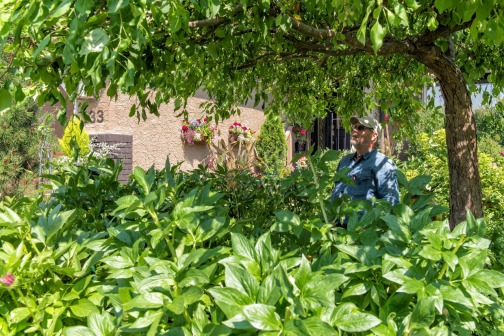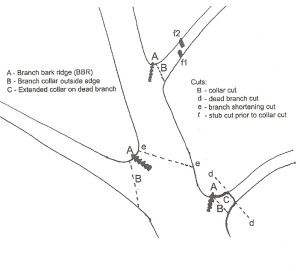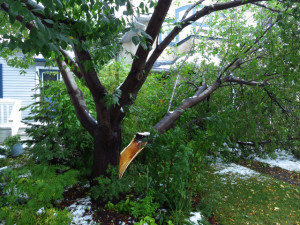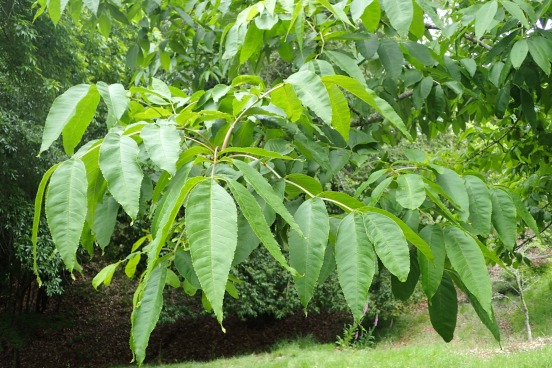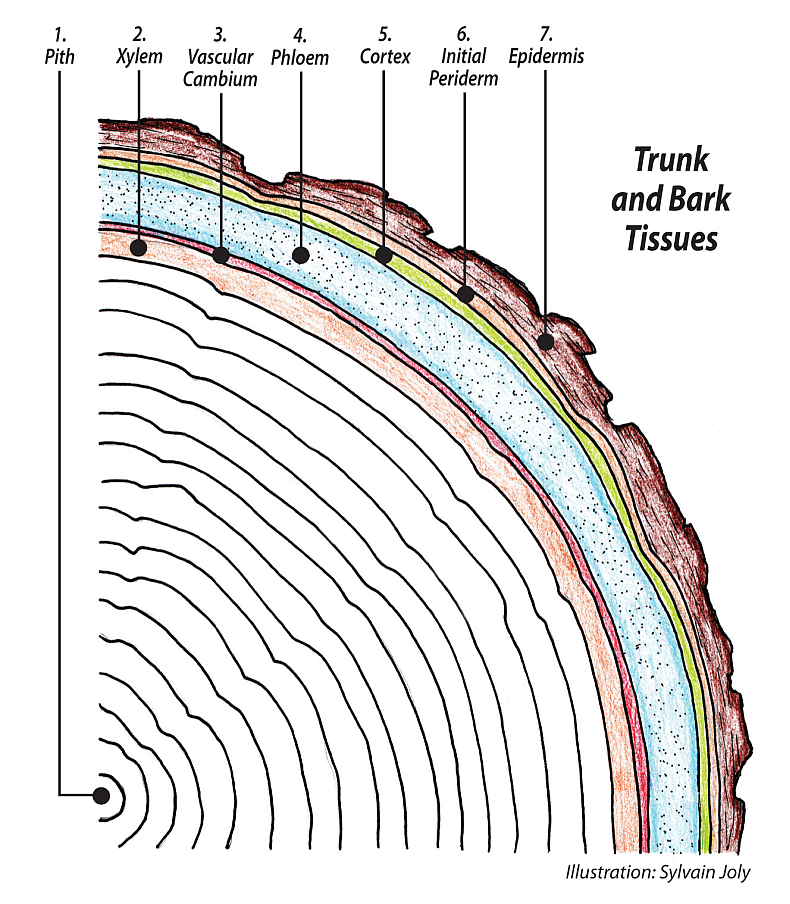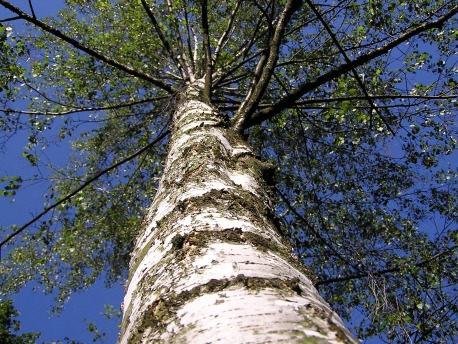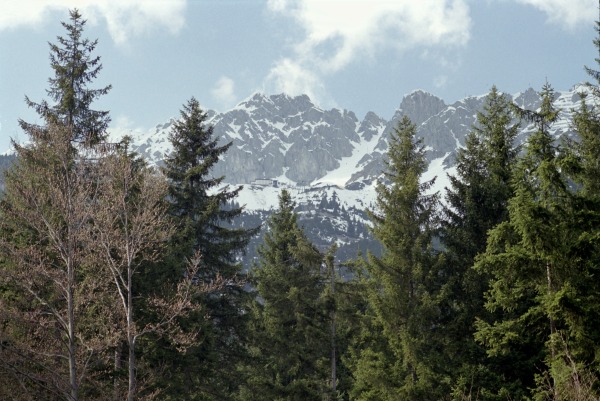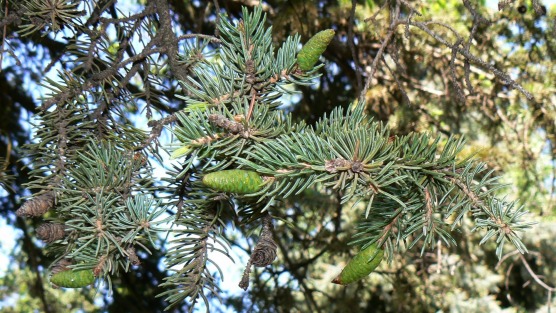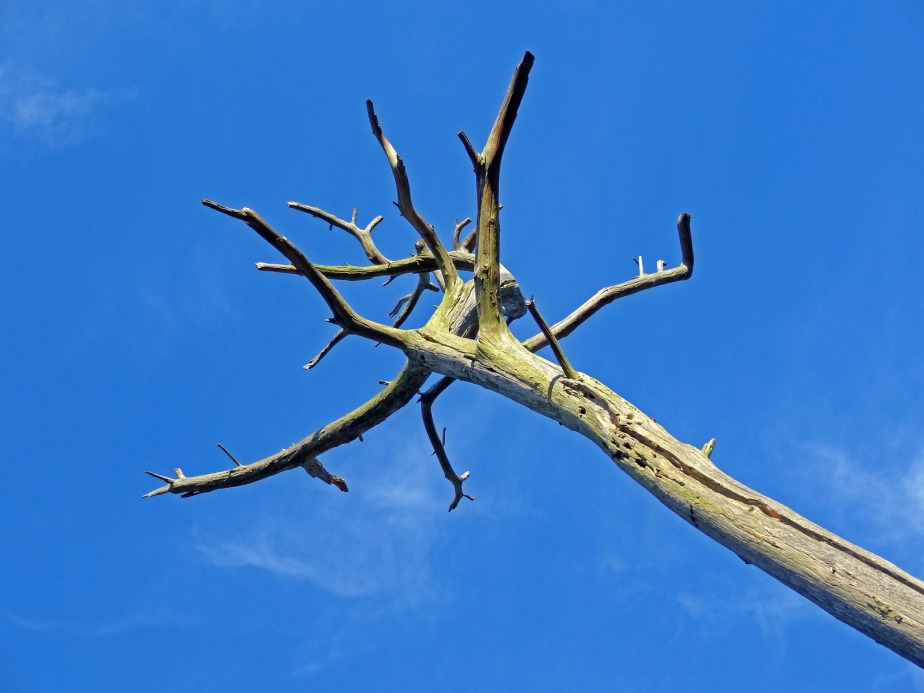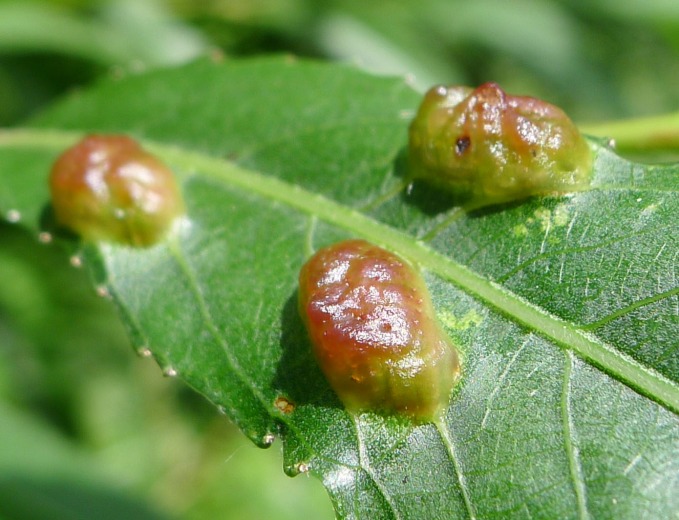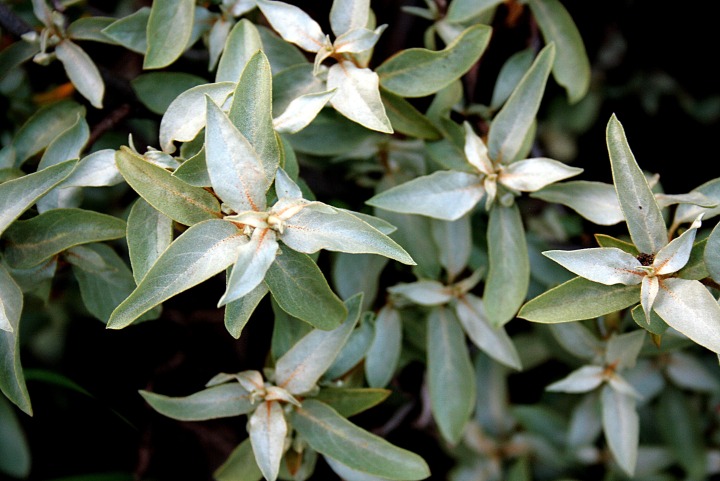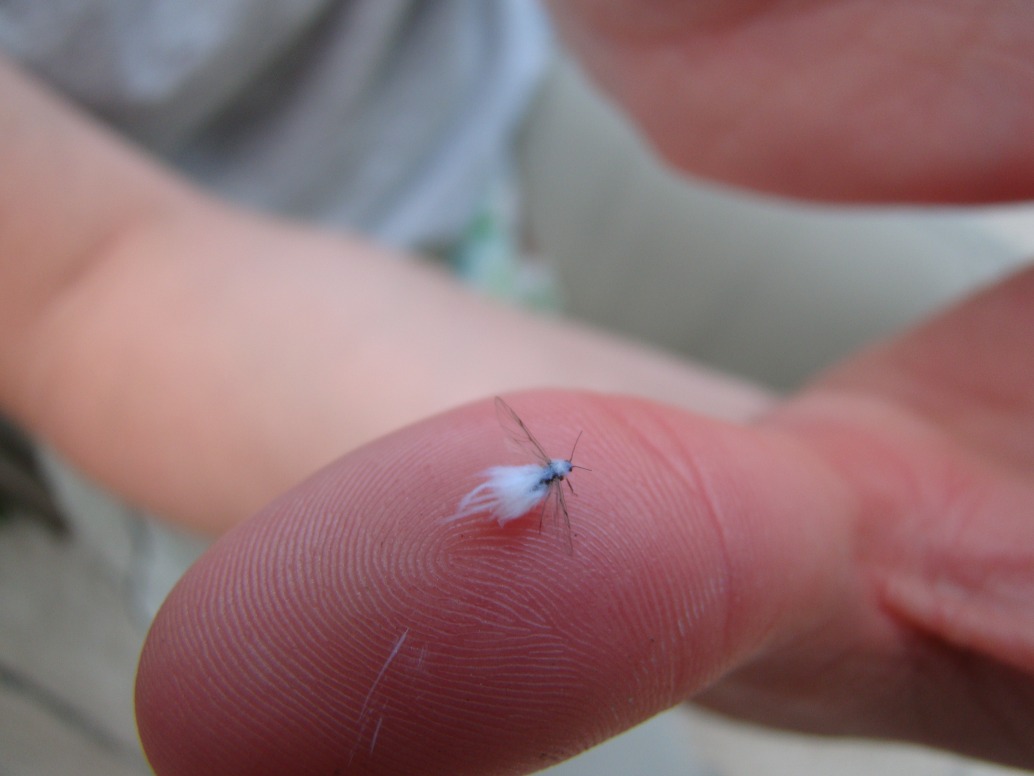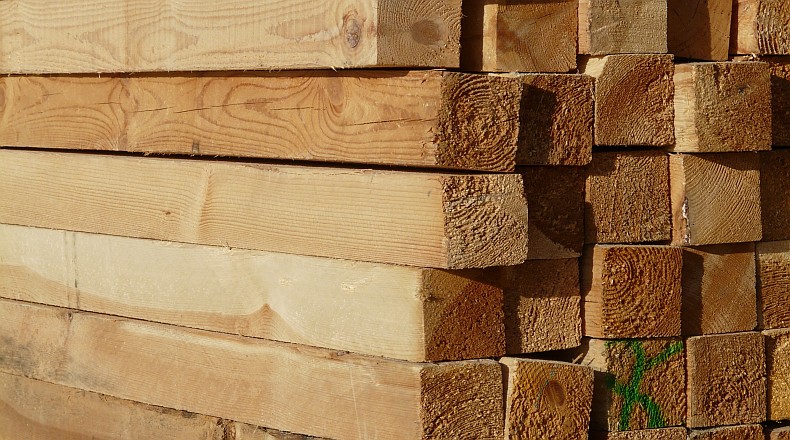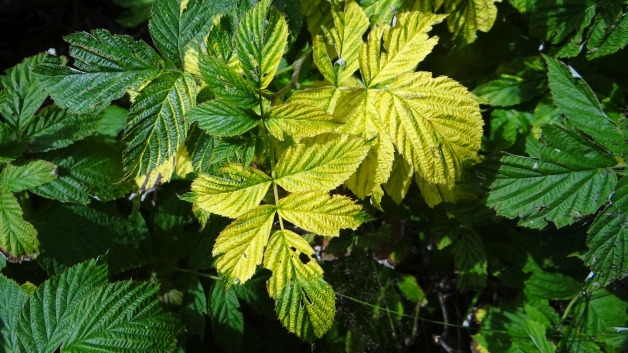No matter where or in what tissue, all plant cells are one of three distinct types: parenchyma, collenchyma, or sclerenchyma.
The differences are defined by their functions. All cells begin as parenchyma and differentiate as needed later.
Parenchyma can live a very long time—over a hundred years inside tree trunks—and are the only cells that can be activated to become meristematic. They also function as energy storage and transport. Collenchyma cells are the least common, and function as support for tissues like leaf petiole, where extra support is needed without the rigidity of sclerenchyma cells. Usually, collenchyma cells only have one layer of inner wall reinforcement, whereas sclerenchyma cells usually have two. Sclerenchyma cells are double-reinforced and, most times, are found inside tree trunks, either as vessels, fibres, or tracheids. The cells that make up wood are sclerenchyma cells. Collenchyma cells are reinforced with cellulose, whereas sclerenchyma cells have additional reinforcement of lignin, which is the super-glue that wood cells need for reinforcement. Lignin is a plasticky, glue-like substance, formed by free radical polymerization of various alcohols which are synthesized in the protoplast. They form into a three-dimensional network that intermingles with the already present cellulose layer, double reinforcing it.
Plant organs, leaves, stems, and roots are made of tissues designed for specific functions. Tissues can be simple, made of one type of cell, or complex, made up of at least two different types of cells. A leaf reinforced with collenchyma cells is a complex tissue.
Parenchyma cells perform a variety of functions such as photosynthesis, nutrient incorporation, respiration, storage, and secretion. When needed, parenchyma cells can also transform into all other cell types.
Parenchyma cells are concentrated in ground tissues, in the pith of new stems, and in the cortex of roots. They can be highly specialized, such as chlorenchyma (chloroplasts), which perform photosynthesis, or simple ground tissue. Parenchyma cells alone retain the ability to perform mitosis. They are found in all primary and secondary meristems, the SAM, RAM, vascular cambium, and the cork cambium.
Collenchyma cells, with their inner cellulose reinforcements, are used when some extra support is needed without the rigidity of sclerenchyma cells, such as in leaf petioles, and in elongating (growing) new stems, where support is needed but the inflexibility of sclerenchyma cells, which would inhibit growth,and expansion, would not allow the natural stretching needed. Collenchyma cells also supply support along major veins in leaves.
Sclerenchyma cells are used primarily for strength, protection and transport. Highly variable sclerenchyma cells fall into three main groups: fibres, sclereids (e.g. stone cells in pears), and water conductors. Sclerenchyma cells are rigid and do not depend on turgor pressure; they rely on the secondary inner cell wall component lignin for physical support. They are usually dead at maturity. Water transport cells, vessels, and tracheids are a major part of the xylem tissue, which will get its own essay. Indigestible to insects and other animals, sclerenchyma cells create a formidable barrier to their attacks. Fibres are long, narrow cells that are dead at maturity. They are not usually involved in water conduction. Fibres are found with vascular tissues, xylem, and phloem, supplying additional support.

